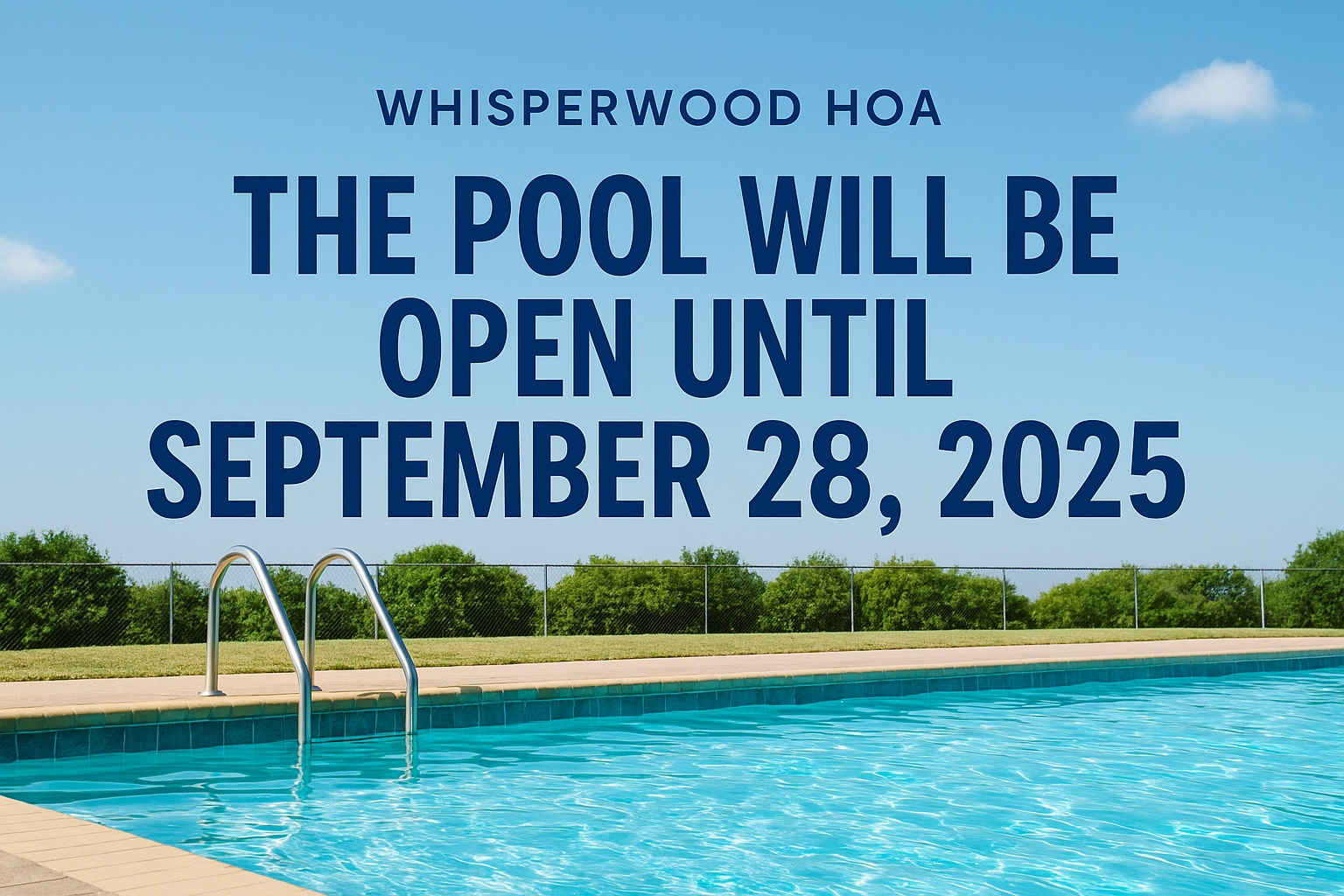PRESIDENT
Randal Hamilton
806-893-3385

On behalf of the entire Board of Directors for the Homeowner’s Association, and all of your fellow Residents, we welcome you to Whisperwood!
We hope you will enjoy living in our Community and encourage you to become an active member of the Whisperwood HOA. It is designed to help maintain the community and provide for its upkeep via the payment of annual dues from each Resident.

PRESIDENT
Randal Hamilton
806-893-3385
VICE-PRESIDENT
Karen Moorhead
SECRETARY/TREASURER
Marnee Bolen
512-940-7995
MEMBER-AT-LARGE
Priscilla Elliott
806-791-0685
MEMBER AT LARGE
Rehj Hoeffner
806-786-1579
GROUNDS SUPERVISOR
Steve Fleetwood
806-544-9871
Please contact whoalubbock@gmail.com if you would like to volunteer for the Architectural Committee.